As an artist or illustrator, you know how essential it is to have the right tools at your disposal. One of the most crucial components of your toolkit is, undoubtedly, the perfect sketching pen. With an abundance of options on the market, finding the ideal pen for your creative needs can feel like an uphill battle. But fear not, as we’re here to help you navigate through this sea of choices and make an informed decision.
Sketching pens come in a variety of tips, ink types, and designs, each catering to particular artistic styles and preferences. Whether you’re into detailed illustrations, expressive line work, or intricate patterns, a good pen can make all the difference in the final outcome. By understanding the unique features of different pen types – from Copic Multiliners to Mr. Pen Drawing Pens, you’ll be equipped to make confident choices that result in work you’re proud of.
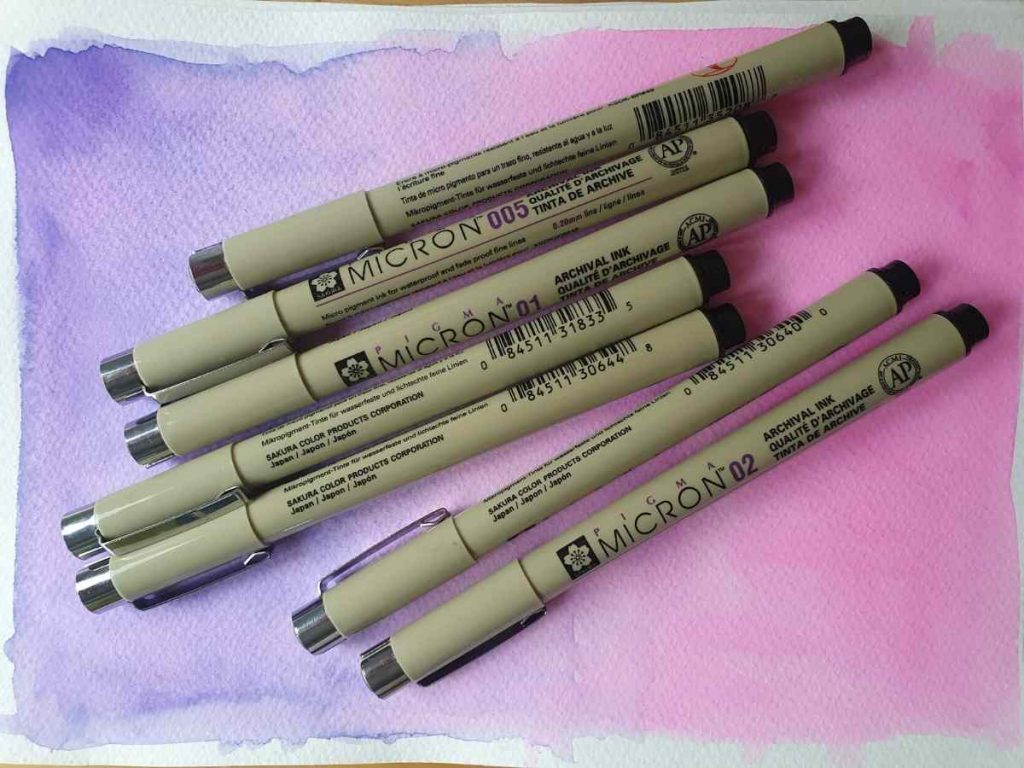
**This page may contain affiliate links to products I have used or recommend. If you purchase something from this page, I may receive a small percentage of the sale at no extra cost to you.**
Remember that the key to selecting the right sketching pen is understanding your personal style and preferences. What works for one artist might not be the ideal choice for another. As you explore the vast array of pen options, keep your unique artistic goals in mind and don’t shy away from experimenting with various brands and styles. Ultimately, it’s about finding the perfect fit that enhances your creative expression and makes you feel unstoppable.
Types of Sketching Pens
Fountain Pens
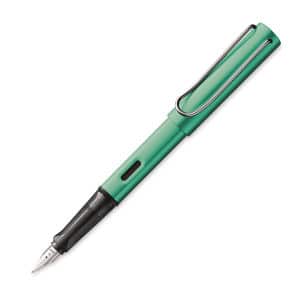
Fountain pens offer a unique sketching experience thanks to their smooth ink flow and flexible nibs. They can create beautiful line variations, making your sketches look more dynamic. However, it’s important to choose the right ink, as some can be too wet and might smear. Additionally, mastering fountain pens can require some practice, so be prepared to invest some time in honing your skills.
Brush Pens
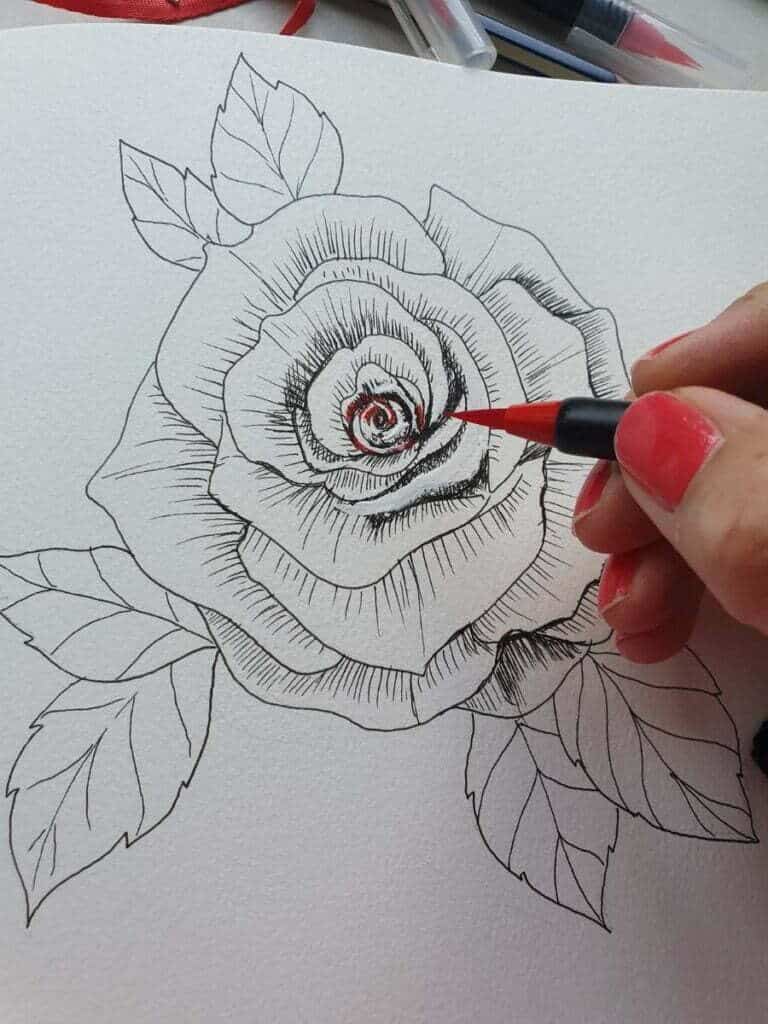
For those who enjoy the stylistic qualities of brush strokes, brush pens are a fantastic option. They combine the flexibility of a brush with the convenience of a pen. You can create fine details or broad strokes depending on the pressure you apply to the nib, making them versatile tools for sketching. Just remember that controlling brush pens may take some getting used to, especially if you’re new to using them.
Drawing Pens
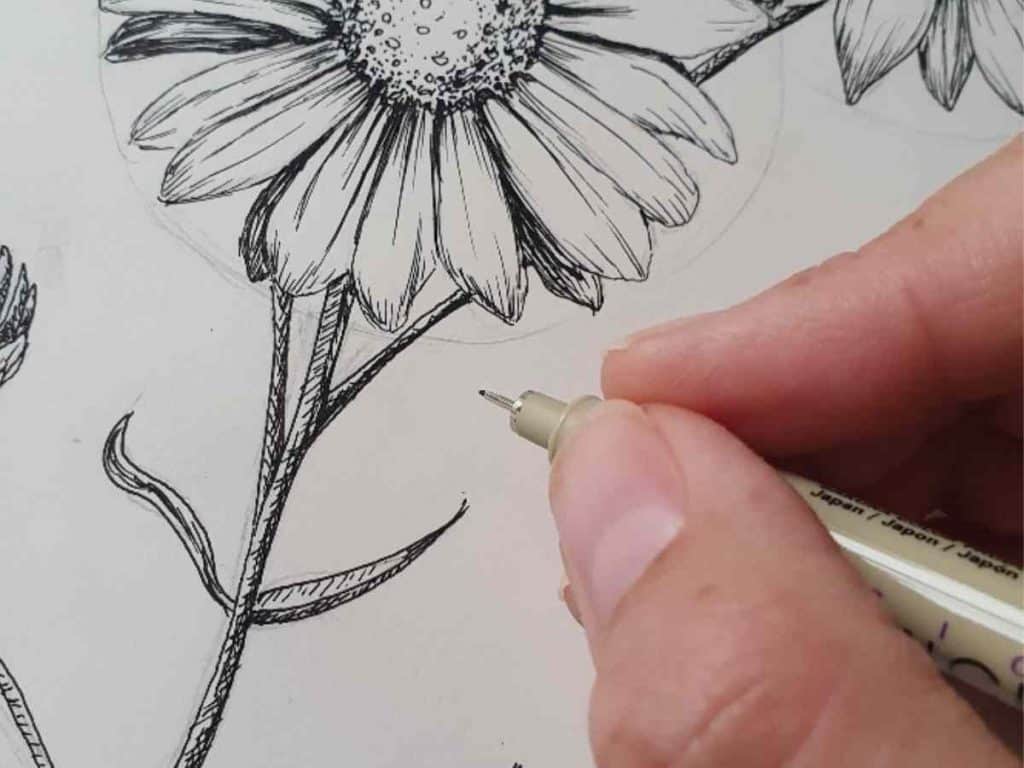
Drawing pens, such as Copic Multiliners or Sakura Pigma Micron Pens, are the go-to choice for many artists because they offer consistent and reliable performance. They usually have fine, precise nibs that are perfect for creating detailed sketches. The pigment-based ink in these pens ensures the lines dry quickly and won’t smudge once dried.
Ballpoint Pens
Surprisingly, ballpoint pens can be quite useful for sketching. The ink in these pens dries quickly, preventing smudging, and they can create both very light and dark strokes, allowing for versatile shading techniques. The downside is that they can skip or leave some undesirable marks on the paper, so you may need to be patient when drawing with a ballpoint pen.
Rollerball Pens
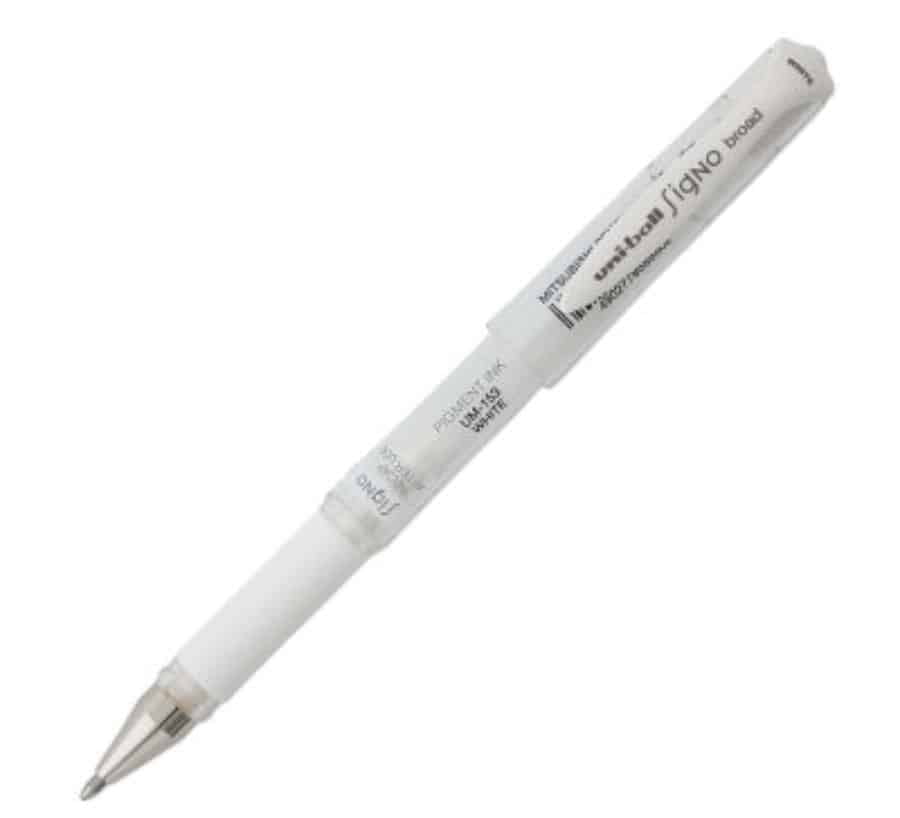
Rollerball pens use liquid ink that provides a smooth, consistent flow, making them suitable for sketching. They create sharp, clean lines and offer more precise control than ballpoint pens. Rollerball pens are particularly well-suited for intricate details. However, the ink can take a bit longer to dry, which may lead to smudging if you’re not careful.
Felt-Tip Pens
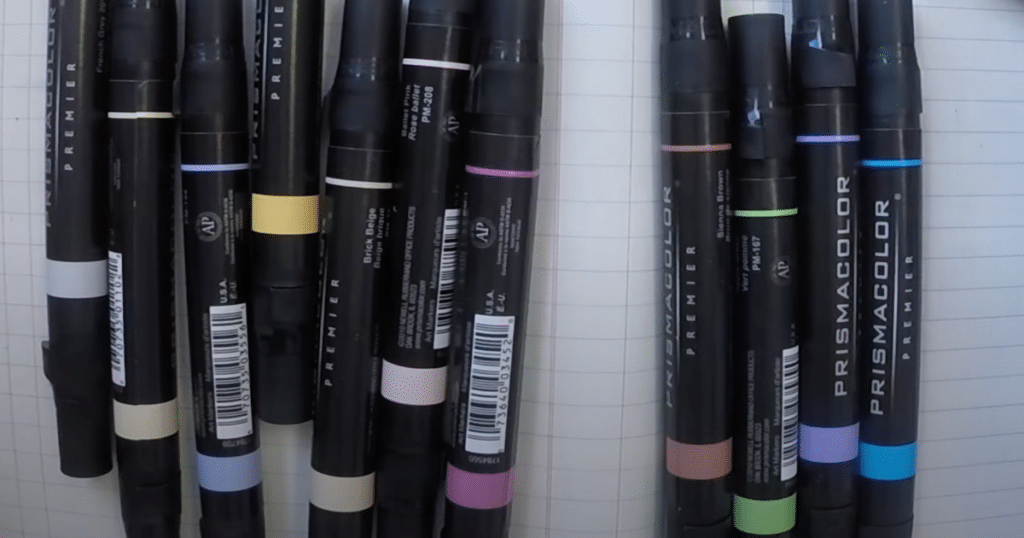
Felt-tip pens are especially useful when you want to create bold, expressive strokes. They have firm, yet flexible tips that allow you to vary the thickness of your lines with ease. Prismacolor Premier Illustration Markers and Tombow Dual Brush Pens are some examples of popular felt-tip pens. Keep in mind that they can sometimes bleed through the paper, so be sure to choose a suitable sketching surface.
As you explore the various types of sketching pens, remember that each option has its strengths and limitations, so experiment with a few to find the perfect fit for your artistic style and preferences.
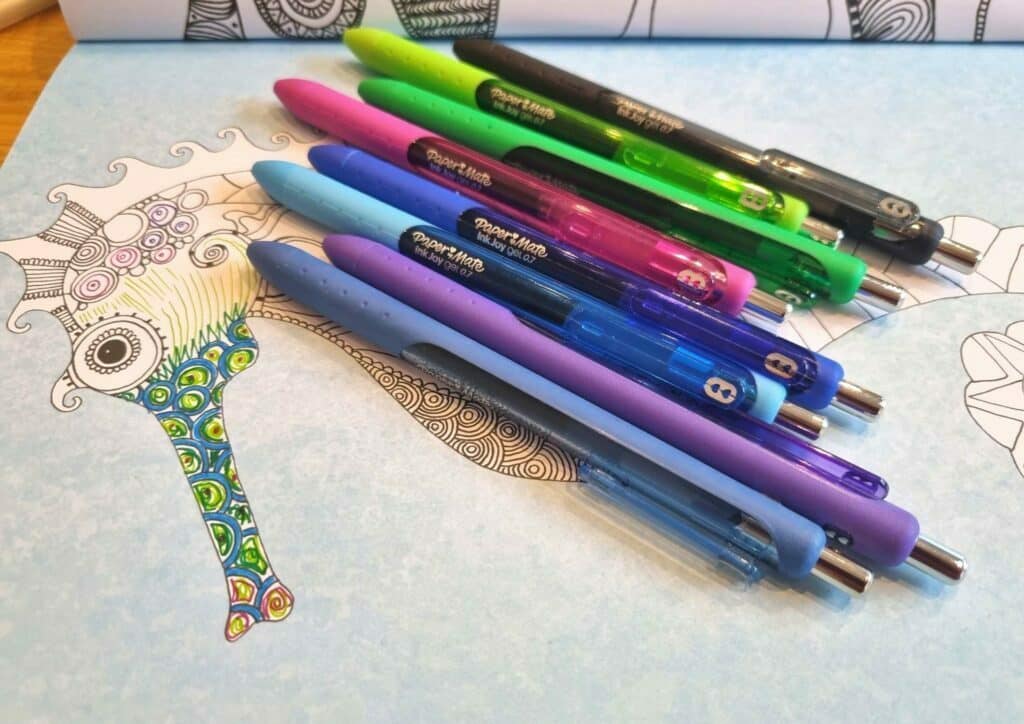
Best Brands and Pens for Sketching
Sakura
Sakura is known for their Pigma Micron pens, which are a favorite among artists for their consistent ink flow and smooth performance. The Pigma Micron range comes in various tip sizes, allowing you to choose the perfect thickness for your sketching needs. These pens use archival quality ink, ensuring your sketches will last for years without fading.
Copic
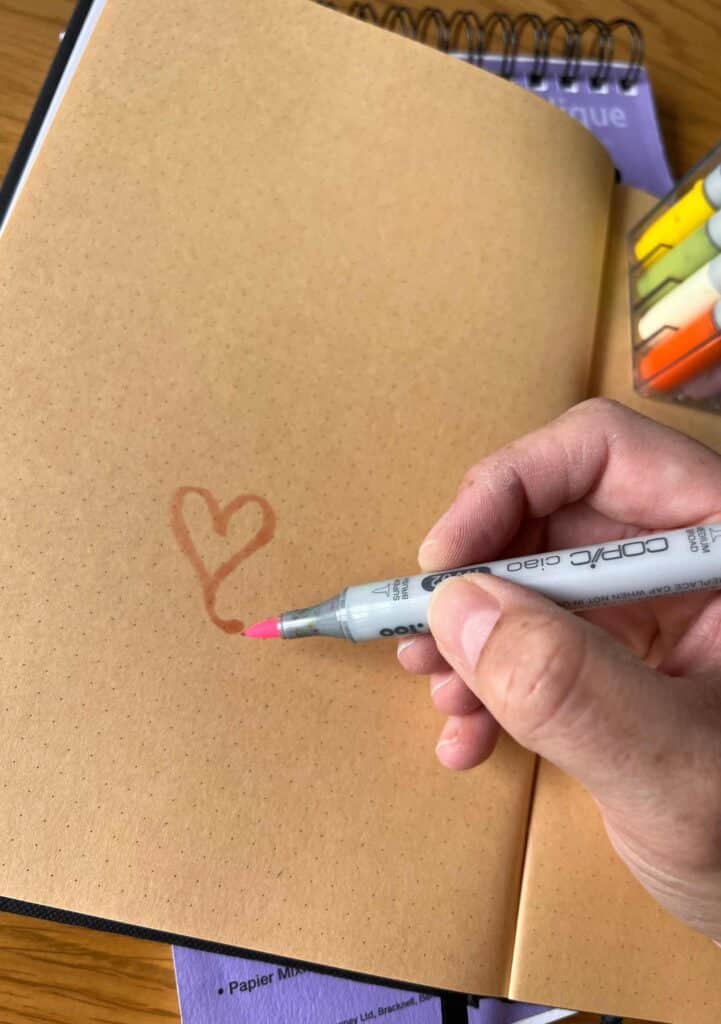
Copic offers high-quality pens, such as the Copic Multiliner series, with refillable ink cartridges, making them an eco-friendly option. Faster drying ink makes these pens suitable for sketching, as you don’t have to worry about smudging your work. The available tip sizes and types in Copic Multiliner sets help you experiment with different sketching styles.
Faber-Castell
The Faber-Castell range offers high-quality pens for drawing and sketching. The Pitt Artist Pen series uses India ink that is waterproof and lightfast, providing durability for your sketches. With brush and fineliner options, you are sure to find the ideal pens for your sketching needs.
Pentel
Pentel offers a range of pens, including the popular Pentel Sign Pen with a durable fiber tip that is perfect for sketching and doodling. The pens produce bright and vivid ink, ensuring your sketches stand out. Available in various colors, these pens are a fun addition to your sketching toolkit.
Staedtler
Staedtler is known for its Pigment Liner black fineliner pens which artists highly value. Their professional quality is complemented by a range of tip sizes, accommodating different sketching techniques. The ink is waterproof and lightfast, ensuring your sketches will remain vibrant over time.
Kuretake
Kuretake offers a selection of pens ideal for sketching, including the Zig Cartoonist Mangaka series. These pens provide a consistent, smooth ink flow and come in various tip sizes, making them suitable for different sketching styles. The water-based pigment ink is waterproof and lightfast, ensuring your sketches don’t fade over time.
In conclusion:
- Sakura Pigma Micron pens provide consistent ink flow and archival quality ink.
- Copic Multiliners offer fast-drying ink and refillable cartridges.
- Faber-Castell Pitt Artist Pens use waterproof and lightfast India ink.
- Pentel Sign Pens feature bright colors and a durable fiber tip.
- Staedtler Pigment Liners provide professional quality fineliners.
- Kuretake Zig Cartoonist Mangaka pens come in a variety of tip sizes and use water-based pigment ink.
Features to Consider in Sketching Pens
When choosing a sketching pen, there are several features to consider to make sure you have the best tool for your artwork. In this section, we’ll discuss the following essential points: nib size, ink type, refillable vs non-refillable, waterproof and archival quality, and affordability and availability.
Nib Size
The nib size directly affects the line thickness of your drawings. Sketching pens come in various nib sizes, such as fine, medium, and broad nibs. Decide on the nib size based on the level of detail and the style of your artwork:
- Fine nib: Great for intricate details and precise lines.
- Medium nib: Perfect for general sketching and can provide a balance between fine and broad strokes.
- Broad nib: Best for bold lines and filling larger areas.
Ink Type
There are different ink types available in sketching pens, such as:
- Water-based ink: Suitable for beginners, it dries quickly and is easy to clean. However, it may not be very permanent or waterproof.
- Archival ink: Provides excellent lightfastness and long-lasting results. It’s often used by professionals and ensures that your artwork remains vibrant over time.
Choose an ink type that aligns with your needs, whether you prioritize ease of use or the longevity of your artwork.
Refillable vs Non-Refillable
Sketching pens can be either refillable or non-refillable:
- Refillable: These pens are more eco-friendly and cost-effective in the long run. You can simply replace the ink cartridge or refill the ink reservoir when the pen runs dry.
- Non-refillable: Also known as disposable pens, they offer convenience and are usually more affordable upfront. However, you will need to replace the entire pen once the ink runs out.
Weigh the pros and cons of each type based on your preferences, budget, and environmental concerns.
Waterproof and Archival Quality
If you plan to use watercolors or other wet media, it’s crucial to choose a sketching pen with waterproof ink. This will prevent your ink from smearing when coming into contact with water.
For preserving your artwork, opt for pens with archival quality ink. Archival ink is resistant to fading over time, ensuring the longevity of your artwork.
Affordability and Availability
Lastly, consider the affordability and availability of the sketching pens. High-quality pens like Copic Multiliners or Sharpies can be more expensive, but they often provide a better drawing experience.
When selecting a sketching pen, find a balance between quality and affordability. Look for well-reviewed pens that are reasonably priced and available either online or at your local art supply store. Remember, it’s better to invest in a reliable pen that will enhance your artwork and make sketching more enjoyable.
Sketching Techniques and Styles
In this section, you’ll explore various sketching techniques and styles that can be achieved using different types of sketching pens. Whether you’re working on illustrations, manga and comics, fine art, or technical drawings, mastering these techniques can enhance your artwork and bring your ideas to life.
Illustration
Illustration is a versatile art form, and using pens for sketching can add fine details and bold linework to your drawings. Experiment with hatching and cross-hatching techniques to create depth and texture in your illustrations. Keep your lines clean and use black ink for a powerful effect. As you practice, you’ll develop your unique style, ensuring your illustrations stand out.
Manga and Comics
Manga and comics rely heavily on expressive and dynamic character designs and storytelling. When working with pen and ink, pay attention to line weights and how they can evoke emotions in your drawings. Bold, heavy lines can create impact and drama, while finer lines can convey delicate emotions. Develop a steady hand and confidence in your linework to produce professional-looking manga and comic art.
Fine Art
Fine art sketching with pens can encompass various techniques and styles. Pen and ink drawings often have a clean, crisp appearance that can bring life to your artwork. Experiment with stippling to create detailed textures, brush pen techniques for organic, flowing lines, or simply use fine-point pens for intricate detail work. As you get comfortable with your sketching tools, your fine art creations will flourish.
Technical Drawing
Technical drawing requires precision and control. Pens for sketching, such as technical pens or fine-tip markers, are perfect for this purpose. Keep your linework straight and accurate, and use consistent line weights to convey information clearly. Focus on mastering geometric shapes, perspective, and scaling, as these skills are critical for successful technical drawings.
Remember to practice and explore these various techniques and styles, and soon you’ll find the perfect fit for your sketching endeavors.
Sketching Pens and Other Art Supplies
Paper and Sketchbooks
When starting your artistic journey, it’s crucial to choose the right paper and sketchbooks. High-quality paper can make a significant difference in how your sketching pens and other art supplies perform. Look for paper with good weight, texture, and durability to support your drawings and have a pleasant drawing experience.
Pencils
Pencils are a staple in any artist’s toolbox. You’ll need a variety of pencil grades, from softer leads for shading and blending to more robust leads for fine lines and details. It’s essential to have a diverse range to improve your sketching techniques.
Colored Pencils
Adding depth and vibrancy to your drawings can be achieved with a good set of colored pencils. Look for high-quality pigments and a wide range of colors available, along with comfortable handling and smooth application.
Art Markers
Art markers provide a unique way to bring your artwork to life. They offer a diverse range of colors, tip sizes, and techniques, allowing you to create bold lines or delicate details. Choose markers with durable nibs and consistent ink flow for a smooth and enjoyable drawing experience.
Drawing Pencils
Drawing pencils are specifically designed for sketching and shading. They are often made of high-quality graphite cores, offering a wide range of hardness levels for drawing. This variety helps you create different effects and textures in your artwork.
Art Supplies
As an aspiring artist, investing in the right art supplies is crucial. Apart from sketching pens, paper, and pencils, you may also need additional tools like erasers, sharpeners, and rulers to ensure the best possible results. Remember that quality matters, so focus on building a collection of reliable and professional-grade materials to help you achieve your artistic goals.
Buyer’s Guide for Sketching Pens
Sketching pens are essential tools for artists, designers, and even casual doodlers. With so many options to choose from, it can be challenging to decide which pen works best for your specific needs. In this buyer’s guide, we’ll provide some helpful tips and recommendations for selecting the perfect sketching pen for you.
Best Pens for Drawing
When it comes to drawing, precision and smooth ink flow are vital. In this category, here are a few standout options:
- Staedtler Pigment Liner: These pens offer high-quality ink that is waterproof, lightfast, and smear-resistant. With a variety of nib sizes to choose from, you can create intricate designs with ease. Check out the Staedtler Pigment Liner for a reliable drawing pen.
- Copic Multiliner: Well-loved by artists for their archival ink and variety of nib sizes, these pens provide exceptional control. The Copic Multiliner set is an excellent option if you’re looking for pens for drawing with professional quality.
- Sakura Pigma Micron: These pens come with a range of nib sizes and are known for their consistent, high-quality ink. They’re waterproof and fade-resistant, ensuring that your drawings will stand the test of time. Find out more about Sakura Pigma Micron pens for a fantastic drawing experience.
Pens for Sketching
If you want to achieve an expressive, looser style with your sketches, consider the following pens:
- Faber-Castell Pitt Artist Pens: These pens come in various nib types, including brush tips for a more dynamic line quality. Versatile and offering a wide range of colors, the Faber-Castell Pitt Artist Pens work well for sketching.
- Sakura Koi Coloring Brush Pens: Perfect for adding bold strokes and vivid colors to your sketches, these brush pens offer smooth ink flow and precise control. Explore the fun and creative sketching possibilities with Sakura Koi Coloring Brush Pens.
Remember to consider factors such as ink quality, nib size, and overall performance when choosing the best pens for your drawing and sketching needs. Happy sketching!
Frequently Asked Questions
Best pens for beginners?
Starting out with sketching, it’s important to keep things simple. Opt for pens with a fine tip and consistent ink flow. A popular choice for beginners is the Copic Multiliner, available in multiple sizes. These pens offer a reliable and affordable introduction to the world of drawing with ink.
Top micron pens?
Micron pens, known for their precision and quality, are a favorite among artists for sketching, inking, and detailing. Some top options include the Sakura Pigma Micron Pen and the Faber-Castell Ecco Pigment Pen. Both sets have a variety of tip sizes, perfect for different applications in your artwork.
Good art pens?
When looking for a good art pen, you need to consider elements like ink type, flow, and nib size. The Faber-Castell Pitt Artist Pen series is highly recommended for artists seeking flexibility in their penwork. They come in a vast range of colors and nib styles, including brush tips and calligraphy-style tips.
Best ballpoint pens?
You might be surprised, but ballpoint pens can also be great for sketching. They provide smooth lines and are readily available. Some popular choices for sketching purposes are the Pilot Acroball series, known for their vibrant ink colors, and the Uni-Ball Jetstream series, praised for their smooth ink flow.
Top pens for coloring?
Having the right pens for coloring can enhance your artwork and bring it to life. Good options include the dual-tip Tombow Dual Brush pens, which feature a brush end and a fine tip end. Another noteworthy choice, the Copic Ciao markers, prized for their alcohol-based ink that ensures smooth blending and a wide range of vibrant colors.
Dip ink pens?
For those who appreciate a more traditional approach to sketching, dip ink pens can offer a unique experience. With a variety of nib types available, artists can customize their tools to achieve different effects. Try out the Speedball Sketching Dip Pen set or the Manuscript Leonardt Dip Pen set for your sketching endeavors. Just remember to have a bottle of ink handy!
Other articles you may enjoy…
How to Organize Art Supplies | The Ultimate Guide
The 22 Best Beginners Art Supplies | Everything You’ll Need To Get Started Making Art
The 10 Best Bags for Carrying Art Supplies to Class
25 Creative Background Drawing Ideas for Your Next Art Project